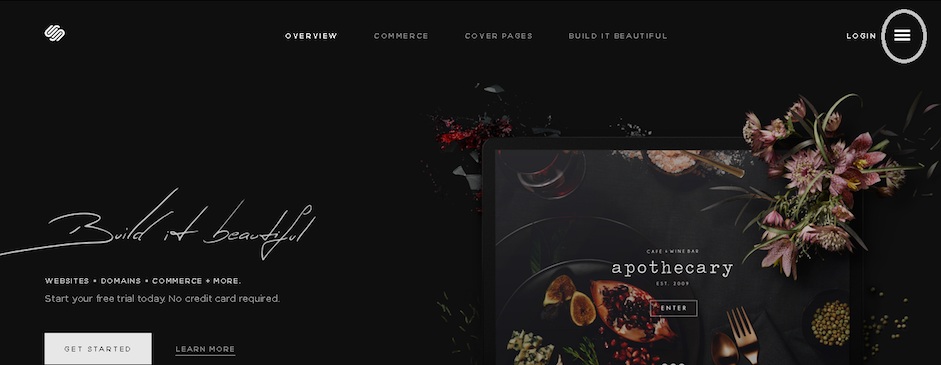
It has been a long time coming but web design as a discipline has lost its relevance. Web pages have now taken a backseat in the internet experience and web designers have been forced to reinvent themselves in order to stay in business. Saying “web design has no future” is a bold statement, but this piece takes a look at the facts behind why this is true.
Proliferation of frameworks and services
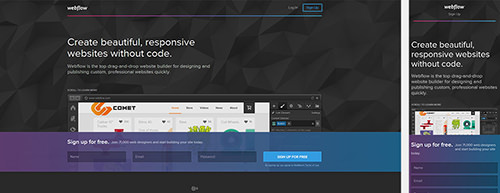
Responsive Design Frameworks: Just Because You Can, Should You?
The majority of the websites on the web today are powered by WordPress, Drupal, Blogger and other such frameworks. They provide web owners with a foundation ensuring that very little time is spent on creating a website with more time spent on creating content. These frameworks are ubiquitous and so, there are millions of free and paid templates for each of these frameworks. Web owners no longer have to use a web designer, instead they can easily pick a template and run with it, usually at less than a quarter of the price of hiring a designer. In fact, many web designers today can take these templates and make some branding customisations. Here is a look at the advantages of pre-made layouts.
Web design patterns are dated
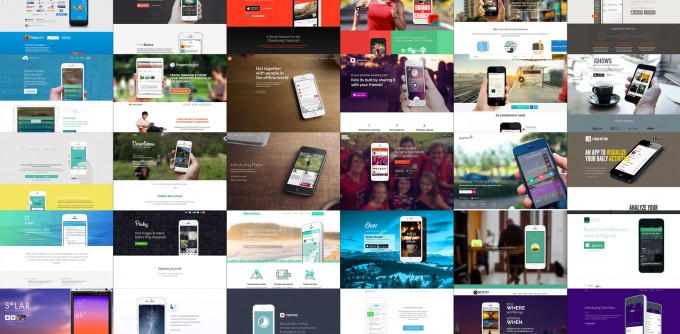
Are Design Patterns Destroying Web Design?
All the user interface components and patterns that you may need are already in circulation. There may be many creative designs but there is no new web design innovation you can point at today. Responsive design has been around for a while and Parallax scrolling is eye-candy that no one ever really needs. The dated patterns are good for the web audience as they are now used to consistency across homepages, shopping carts, login pages etc. Trying to exhibit creativity is ultimately useless as you could alienate your target audience.
Automation is here
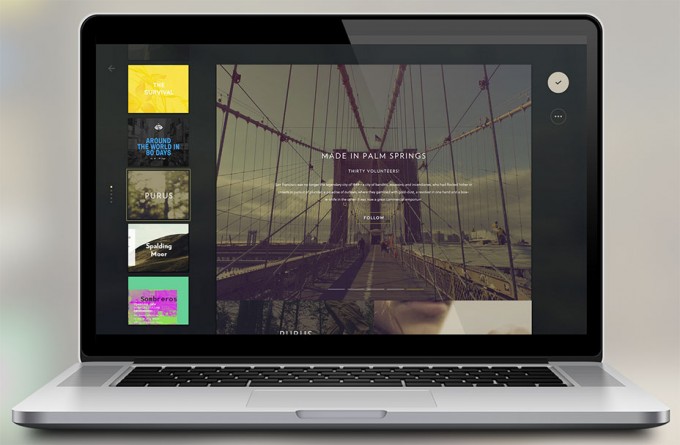
IS THE GRID A BETTER WEB DESIGNER THAN YOU?
Automated web design services build basic websites by making semantic decisions powered by artificial intelligence. With such services, your content is analysed and the best layouts, colours, fonts for your site are chosen and deployed automatically. The design basics are made by humans so you really can’t go wrong with it. In many cases, the results are similar or better than those an average web designer will provide.
Mobile is taking over
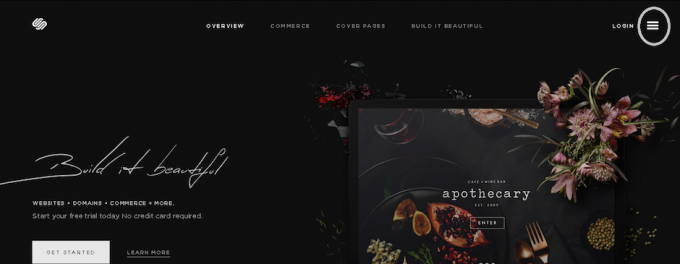
Be Careful About These 6 Web Design Trends in 2016
Mobile web was in the past regarded as slow and cumbersome but more people are using their smartphones and tablets to get online than ever before with the release of 4G. Forward thinking businesses have therefore started to look for ways to make their businesses easily accessible to mobile users. Responsive design has remained vital but one of the ways they are achieving this is through the use of mobile apps. With an app, a mobile user doesn’t need to remember a web page or type out a lengthy address. Responsive design simply makes the page good in mobile view in the few cases the individual finds your website on mobile but mobile apps occupy the minds of the standard mobile user. They ring fence and build loyalty. For example, a visitor to gaming websites like these will most definitely prefer an app than to keep typing out the address. At the bus stop they can just click an app and play.
Small businesses are running to Facebook

Can a Facebook Page Replace a Small Business Website?
In the 90s, small businesses looking for a simple online presence had to bring in a web designer after buying a domain name and hosting. By the mid-2000s, sites could be quickly knocked up for free on Blogger or WordPress without the help of a designer.
Today, Facebook has become the default solution for many businesses. Facebook pages are free, easy to set up and are designed to go viral out of the box. They have powerful tools that were only available to the biggest companies a decade ago, such as subscription to updates and media posting. Small cottage industry businesses that would be looking for basic websites in the past can now make do with Facebook pages as they offer a good degree of visibility.
What next?
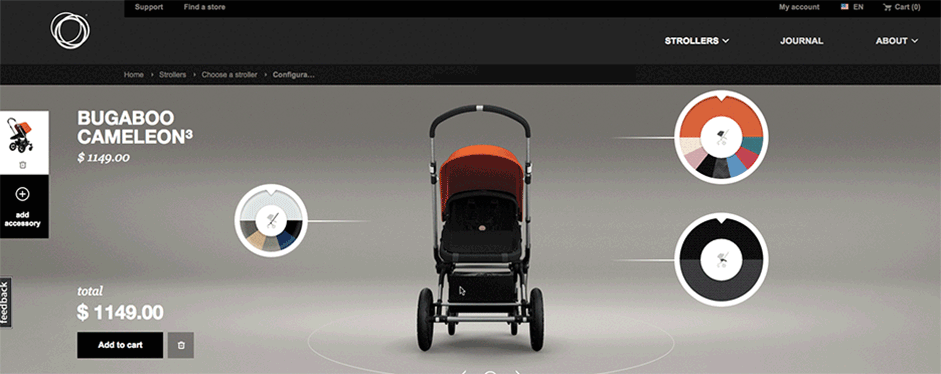
6 Web Design Trends You Must Know for 2015 & 2016
The web environment today has de-emphasised web design and focused on experience design. Digital products, tools and ecosystems are the focus now. Web designers therefore need to reinvent themselves and network better to be able to offer a more holistic service. They can no longer run a business by simply taking care of the web end. Mobile apps, social media presence, SEO, customer service channels, physical location targeting are vital to your business if you want to succeed today.




